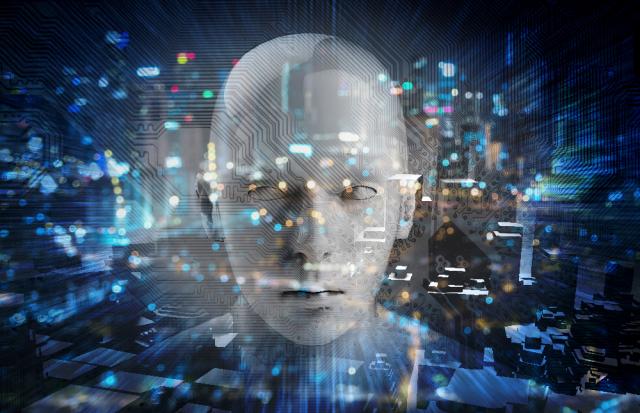Artificial intelligence & machine learning: a double-edge sword for cybersecurity
October 15, 2019Artificial intelligence (AI) and machine learning have made our lives much easier, for everything from asking a light to turn on when your hands are full to predicting how long it will be before a crop ripens to using facial recognition software to identify terrorists.
Gartner, the world’s leading research and advisory company, reported that by 2020, “AI technologies will be virtually pervasive in almost every new software product and service.”
Machine learning means that computers can predict potential threats and detect anything out of the ordinary far faster than any human. Artificial intelligence can then help respond to those threats as soon as they are identified. The combination of AI and machine learning are powerful tools that all cybersecurity professionals should know how to use to protect their organizations.
“Using machine learning and AI neural networks has enabled developers to adapt to new attack vectors and better anticipate the next steps of cybercriminals,” Matt Powell reported in CPO Magazine.
However, the same technology that is used to defend systems can also be used for advanced cyberattacks.
Powell shares that machine learning can result in spearfishing email messages that read like a genuine request, while expanding the number and reach of the messages indefinitely.
“AI could be used to build new, more effective malware that will be able to learn and adapt to launch further attacks,” says Powell. “Such a development could be devastating for cybersecurity defenses, as traditional protection tools like sandboxes could easily be fooled by a polymorphous AI-powered malware.”
Security and IT professionals that have implemented AI and machine learning into their own system defenses need to be careful that just because those systems are in place that doesn’t mean they don’t have to worry about potential attacks.
As Powell writes, “AI solutions are not 100% foolproof – as no cybersecurity solution alone ever is – so coming up with a comprehensive, multi-faceted strategy should remain a priority for businesses.”
AI and machine learning technology comes with many benefits, but cybersecurity professionals need to be aware that there is always a potential the technology can be used for harm.
Capitol students studying cybersecurity are well prepared to address both the benefits and concerns of AI and machine learning technologies. Along with comprehensive coursework addressing the latest cybersecurity topics, students have access to the Cyber Lab, which is used to:
- Simulate hacker attacks
- Secure operating systems from malicious activity
- Identify vulnerabilities and devise ways to remove them
- Detect attacks and prevent or limit the resulting damage
- Write code to detect anomalies and malware
Want to learn about cybersecurity? Capitol offers bachelor’s, master’s and doctorate degrees in cyber and information security.To learn more about Capitol’s degree programs, contactadmissions@captechu.edu.



